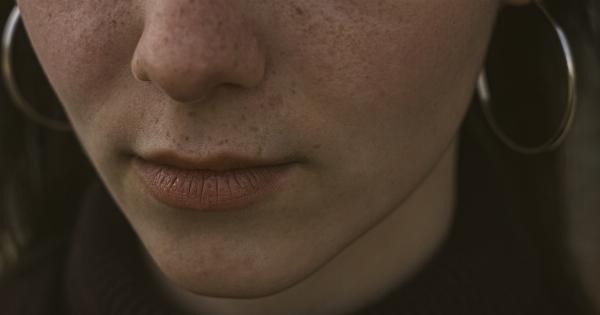One of the most distinctive physical features of any human is the nose. The shape, size, and color of the nose vary widely among different ethnic groups.
Among different African and Afro-descendent populations, the black-nosed skin color is a common trait. While often overlooked as a simple physical characteristic, black-nosed skin resources have significant cultural, historical, and medical value. In this article, we will explore the different aspects and uses of black-nosed skin resources.
The Cultural Significance of Black-nosed Skin
For many African and Afro-descendent cultures, black-nosed skin is a symbol of beauty, pride, and identity.
The nose is believed to be the most prominent and visible feature of a person, which makes it a powerful representation of their lineage and heritage. In many African societies, nose piercing and scarification are traditional practices that enhance the shape and beauty of the nose, and by extension, the entire face.
In West Africa, the Fulani people are known for their distinctive nose piercing, which is a cultural symbol of elegance, status, and spiritual connection.
Black-nosed skin is also a significant feature in African art and aesthetics. Many African masks and sculptures depict exaggerated or elongated noses, which are said to represent wisdom, knowledge, and resilience.
In addition, the black-nosed skin is often associated with the color black, which is a symbolic representation of strength, wisdom, and power.
The Historical Value of Black-nosed Skin
The black-nosed skin has played a crucial role in the history of African and Afro-descendent peoples.
During the transatlantic slave trade, slave traders often categorized enslaved Africans based on physical features such as skin color, hair texture, and nose shape. Black-nosed skin was considered a desirable feature for slave owners, as it was seen as an indication of strength, endurance, and resistance.
In contrast, lighter skin tones and European facial features were preferred among slave owners as they were seen as markers of privilege and status.
The black-nosed skin was also used during the colonial era to differentiate between African and European populations. Many colonial powers, such as France and Belgium, used nose size and shape as a physical indicator of intelligence and social status.
This classification system, known as craniofacial anthropometry, was a pseudoscientific method used to justify colonization, oppression, and racism.
The Medical Importance of Black-nosed Skin Resources
Aside from its cultural and historical significance, the black-nosed skin also has medical value. In recent years, studies have shown that the presence of black pigmentation in the nasal cavity can protect against certain diseases and disorders.
According to research conducted by the University of Edinburgh, melanin, the pigment responsible for skin and eye color, can defend against respiratory infections, including influenza and tuberculosis. This finding suggests that people with black-nosed skin may have a natural advantage when it comes to fighting respiratory diseases.
Black-nosed skin may also play a role in the diagnosis and treatment of diseases such as skin cancer. Studies have shown that people with darker skin tones are less likely to develop skin cancer due to the higher concentration of melanin in the skin.
However, skin cancer can still develop in areas of the body that have less pigmentation, such as the nose. Therefore, doctors recommend regular check-ups and screenings for people with black-nosed skin to detect any potential skin abnormalities or cancers.
The Business of Black-nosed Skin Resources
The black-nosed skin has also been the subject of controversy in the beauty and cosmetics industry. Skin bleaching, a popular practice among many African and Afro-descendent populations, involves the use of chemical products to lighten the skin tone.
Nose bleaching, a lesser-known practice, involves the use of similar products to lighten the skin on the nose. The rationale behind nose bleaching is often rooted in the belief that a lighter skin tone, and therefore a lighter nose, is more aesthetically pleasing and desirable. However, nose bleaching is not without its risks.
The use of skin-lightening products can cause skin irritation, scarring, and long-term skin damage.
On the other hand, the black-nosed skin has also been used in the production of cosmetics and personal care products that cater to people with darker skin tones.
Companies such as Black Opal Beauty, SheaMoisture, and Palmer’s have developed lines of skincare products that specifically target the needs of black-nosed skin, including moisturizers, cleansers, and serums.
Conclusion
Black-nosed skin resources are a complex and multifaceted phenomenon that hold significant cultural, historical, and medical significance.
The black-nosed skin has been used to define and differentiate between African and European populations, but it has also been praised and celebrated as a symbol of beauty and identity. The black-nosed skin may also hold potential medical benefits, such as protection against respiratory diseases and a decreased risk of skin cancer.
However, the commercialization and commodification of black-nosed skin resources continue to pose challenges and risks for people of color. Ultimately, the black-nosed skin should be celebrated and respected as a unique and valuable aspect of human diversity.























